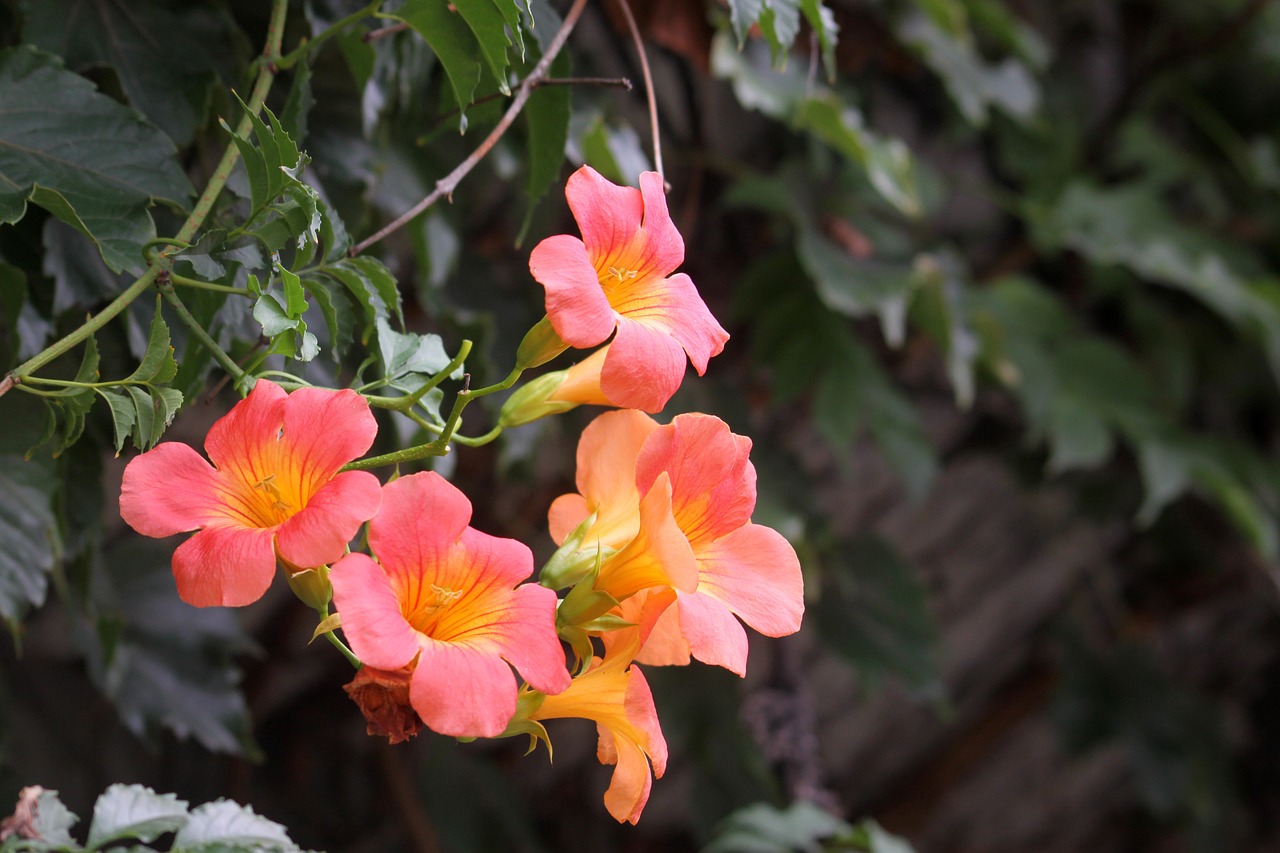The character of Zhu Bajie, known as the Marshal of the Heavenly Reeds, has a fascinating origin that intertwines with ancient beliefs and deities. This marshal, depicted in the prominent novel, has roots tracing back to shamanistic traditions, with the name “Heavenly Reeds” referring to “Heaven’s Mugwort.” The association with mugwort indicates its long-standing reputation for warding off evil and illnesses, suggesting that this plant’s protective qualities were personified into a deity.
Historical documents from the Sui Dynasty recorded him as an exorcist in the service of the Northern Emperor, the Daoist figure of Hades. Significant texts, including the “Northern Emperor’s Method of Killing Demons,” showcase rituals invoking Tianpeng, confirming his role as a powerful force against demonic presences. Additionally, he gained a celestial status as one of the nine stellar deities linked to the Big Dipper, responsible for protection. Early Song Dynasty accounts further establish him as the leader of a cohort of exorcist generals, revealing this period’s enhanced reverence toward him, especially in military contexts.
During the Southern Song era, he was famously reputed to assist military generals in their skirmishes against adversarial forces, thus solidifying his worship among soldiers. His affiliation with martial prowess was later recognized through the sanctioning of the military rank of Marshal, a title he retains in “Journey to the West.” Various martial arts forms, including Tianpeng’s Fork, are named after him, reflecting his enduring influence on martial culture.
Artistic depictions from the Song period illustrate Tianpeng as a multilayered figure, dressed in dark garments symbolizing his connection to the Northern Emperor and the military. His portrayal often includes a black complexion, mirroring descriptions of Zhu Bajie in the novel. In “Journey to the West,” Pigsy wields a rake, an unusual weapon for a heavenly general, as it mirrors peasant tools rather than traditional weaponry.
Interestingly, while the Ming military typically employed longer, more refined weapons, Tianpeng’s rake seemed more attuned to agricultural practices, emblematic of his perceived simplicity. This connection reinforced the image of Pigsy as a rustic character, starkly contrasting with Monkey, who possesses a prestigious iron staff. The narrative humorously describes his rake as crafted from “divine ice steel,” enhancing its mythical aura while remaining fundamentally agricultural.
Moreover, evidence suggests that Zhu Bajie’s appearance might echo historic tales, one describing a lustful pig demon. In this narrative, the demon, associated with a local god, is ultimately vanquished by a cunning general, showcasing the pig motif’s longstanding presence in folk tales and its potential influence on Pigsy’s character makeup in subsequent retellings.
Contemporary interpretations suggest that Zhu Bajie may draw inspiration from celestial figures in Buddhism and Daoism, specifically from deities like Marici, often depicted alongside boar imagery, highlighting the interplay between historical and folkloric elements in shaping his identity. This character continues to embody a rich tapestry of symbolism, linking agricultural life, military valor, and divine presence, reflecting the complexities within Chinese mythology and cultural narrative.
In conclusion, Zhu Bajie’s character is emblematic of a unique blend of ancient belief, cultural identity, and humor within Chinese folklore, illustrating how myth and social values intertwine across history.



